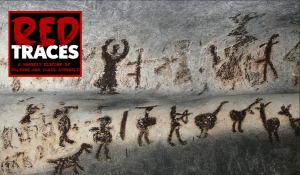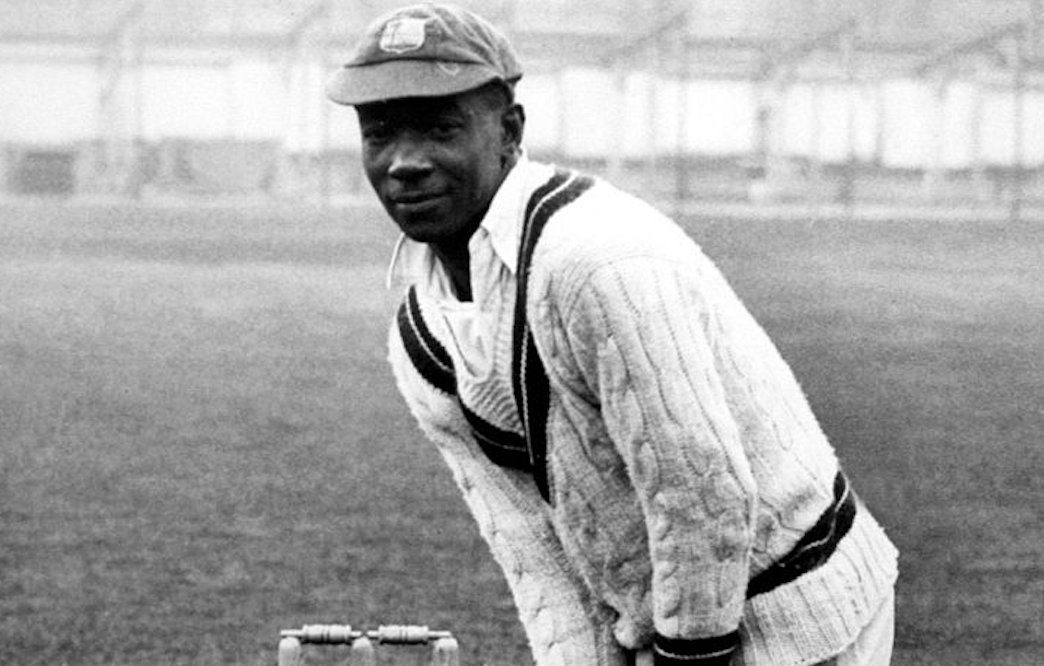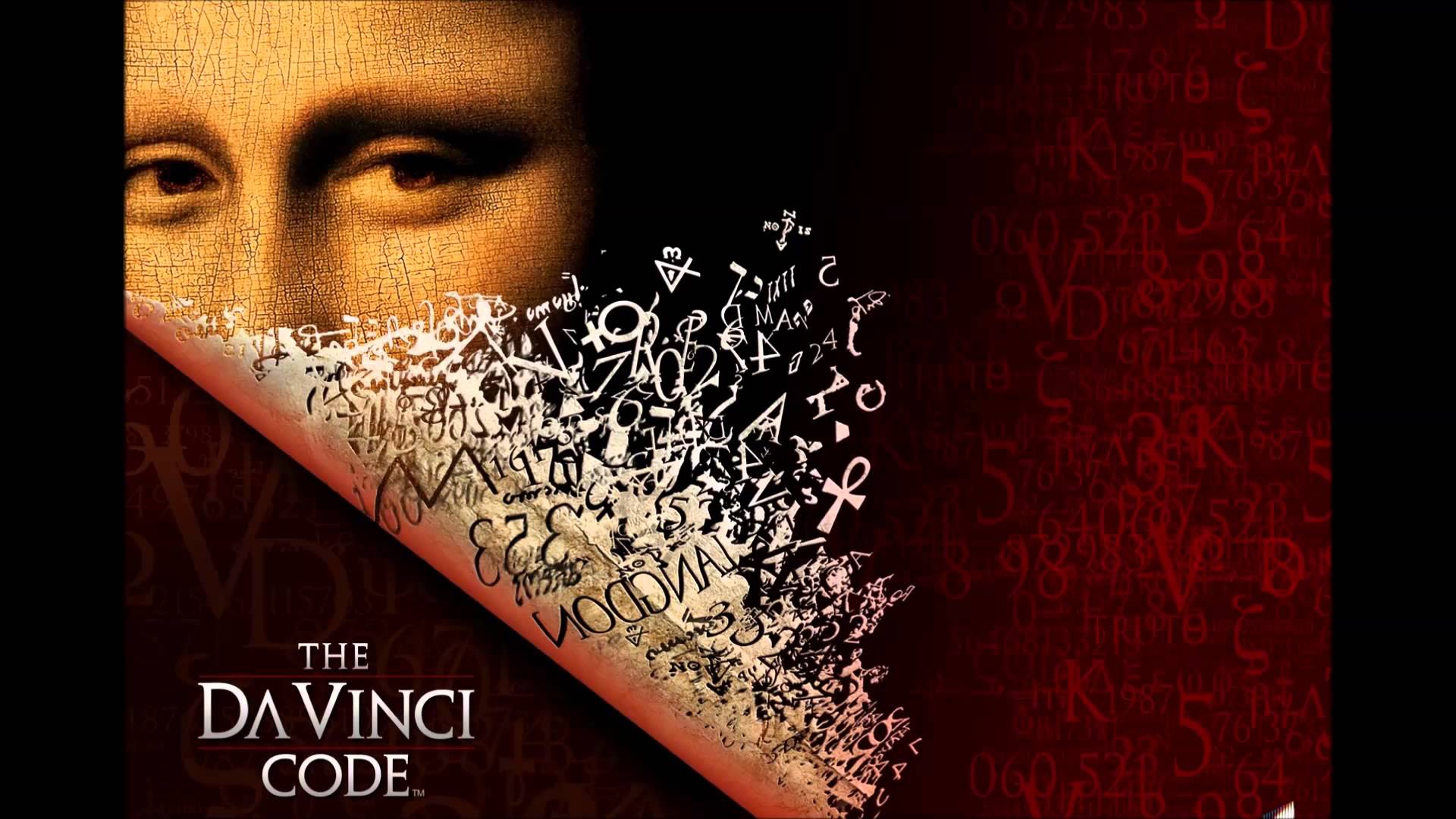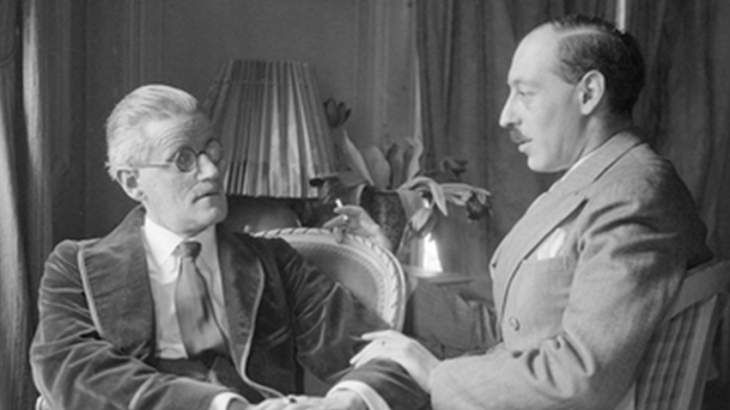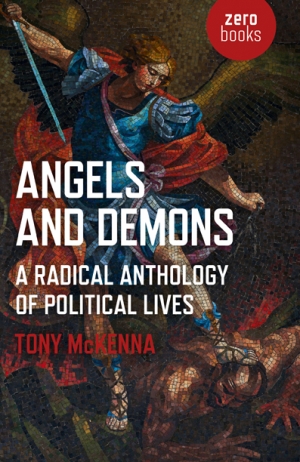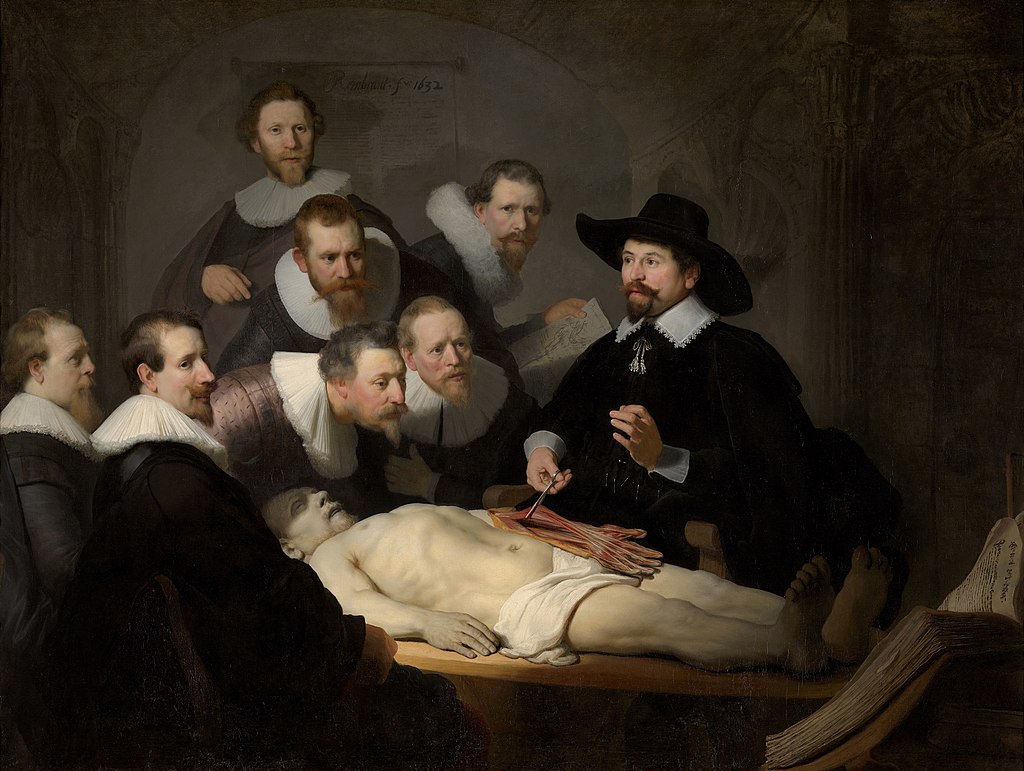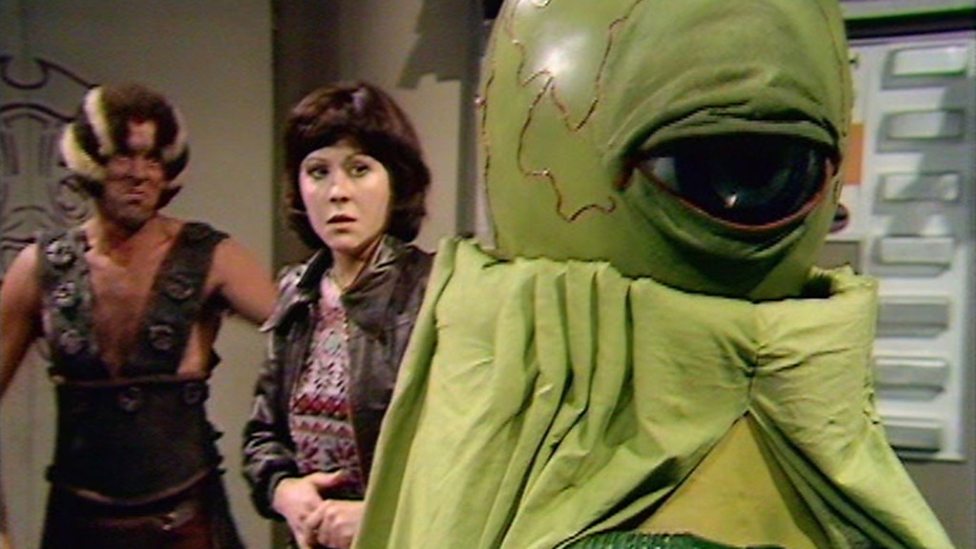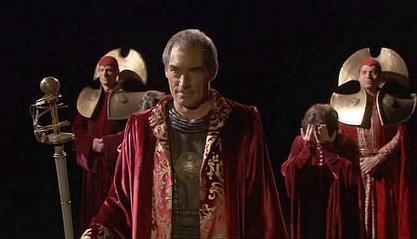Sean Ledwith reviews Game of Thrones
The trailers have been scrutinised down to every second of footage. The stars have conducted their interviews in the form of an elaborate dance in which no significant plot element is revealed. The online theories have exhausted every possible twist. We are now only days away from the climactic eighth season of HBO’s Game of Thrones.
The scale of what is about to be unveiled can be judged by the fact the producers chose to forego new episodes in 2017 and concentrate their dramatic and financial muscle on maximising the impact for this year. We have been promised production values that will be unprecedented in the history of television. GOT has attained a status in popular culture that spans the globe and arguably makes it the biggest show of all time.
How should the left respond to this phenomenon? Stewart Lee, doyen of radical comedians in the UK, has dismissed it as ‘Peter Stringfellow’s Lord Of The Rings’. Other influential voices on the left, however, have persuasively made a case that the show offers an imaginative commentary not just on the evolution of capitalism up to this point, but also on what the system might have in store for humanity in the future.
Based on a sequence of novels by the American author, George RR Martin, the show has turned into one of the most popular television shows of all time since its debut in 2011. With an innovative mix of medieval-style power plays and other-worldly elements such as dragons and zombies, Game of Thrones has somehow tapped into an early 21st century zeitgeist of a world falling apart on the eve of a massive, if uncertain, transformation. The characters and situations featured in the series have intruded into popular consciousness at an increasing rate, as its audience has grown.

In 2012, the producers mischievously displayed in one scene a replica of George Bush’s head skewered on the end of a pike! They subsequently asserted that this was not a judgement on Bush’s conduct of the Iraq War but few were convinced by their denial. When Jeremy Corbyn spectacularly won the Labour leadership in 2015, one of the most popular memes that circulated likened his triumph to that of the show’s most heroic character.
Channel 4’s best-known news anchorman played on the catchphrase associated with the same character and his namesake to highlight the failure of the commentariat to comprehend the post-Brexit political tumult of our times: You know nothing, Jon Snow. Less amusingly, last year the unctuous Michael Gove appeared in a cringe-inducing video claiming to be inspired by another character from the show. Unfortunately for Gove, many interpreted his assessment of Tyrion Lannister as an unwitting self-criticism: You see this misshapen dwarf, reviled throughout his life, thought in the eyes of some to be a toxic figure.
Earlier this year, with characteristic crassness, Trump tried to climb on the GOT bandwagon, tweeting that his proposed border between the US and Mexico is a variation of the 700 ft. high one made from ice featured in the series. Some sceptics might observe that the fictional wall is a more credible concept than the one in Trump’s head.
Contemporary resonances in the storyline and characterisations have been numerous and indubitably have played a role in the show’s phenomenal success. Arguably, the defining political issue of our time – deepening inequality between those at the top and bottom of capitalist societies – has been referenced on numerous occasions.
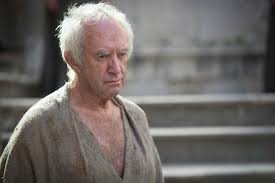
The High Sparrow, leader of a militant religious order that briefly takes control of the capital city of Westeros, explicitly regards himself as acting in the name of the downtrodden and against the interests of the venal elite. He warns one of the latter that there will be a reckoning to pay, with words that might easily have come from Corbyn’s speechwriter:
Have you ever sowed the field, Lady Olenna? Have you ever reaped the grain? Has anyone in House Tyrrel? A lifetime of wealth and power has left you blind in one eye. You are the few. We are the many…strip away the gold and the ornaments, knock down the statues and the pillars, and this is what remains… Something simple, solid, true. The Tyrells’ finery will be stripped away … what will we find when we strip away your finery?

Another faction with a radical political agenda in the series is the Brotherhood Without Banners. They are the survivors of brutal dynastic wars who have become disillusioned with their aristocratic masters and dedicated themselves instead to protecting the exploited and punishing members of the elite, wherever they find them. Their leader, Beric Dondarrion, spells out their new mission in a voice that drips with class hatred:
That’s what we are: ghosts. Waiting for you in the dark. You can’t see us but we see you. No matter whose cloak you wear, Lannister, Stark, Baratheon, you prey on the weak; the Brotherhood Without Banners will hunt you down.
The hatred of the elite that underpins the mentalities of the High Sparrow and the Brotherhood Without Banners is informed in our world by the duplicity and machinations of a generation of Western leaders who have prostrated themselves to the neoliberal agenda. The disillusionment with politicians that is now endemic in capitalist societies is the consequence of the hollowing-out of democratic processes by insidious corporate power. The mindset of the ‘career politician’, dedicated only to personal advancement through the mechanisms of focus groups and triangulation is memorably expressed by wily palace intriguer, Petyr Baelish:
Chaos isn't a pit. Chaos is a ladder. Many who try to climb it fail and never get to try again. The fall breaks them. And some are given a chance to climb. They refuse, they cling to the realm or the gods or love. Illusions. Only the ladder is real. The climb is all there is.
In contrast to the shallow ambition of Littlefinger, Jon Snow has emerged as the moral centre of the series due to his capacity for self-sacrifice and his willingness to look beyond traditional divisions and forge new alliances. His appeal to the Wildlings to join him is based on a strategic vision that only a united front of erstwhile enemies offers any hope in the face of an overwhelming threat to both. He tells them bluntly:
The long night is coming, and the dead come with it. No clan can stop them, the free folk can’t stop them, the Night’s Watch can’t stop them and all the southern kings can’t stop them. Only together, all of us, and even then it might not be enough but at least we’ll give the fuckers a fight.
Snow repeated his call for collective action in the last season, similarly imploring his deadliest foe to see the big picture:
If we don't win this fight, then that (points to wight) is the fate of every person in the world. There is only one war that matters... the Great War. And it is here.
Snow’s most important quality as a leader, it might be said, is his ability to comprehend the threat facing the peoples of Westeros as a totality. He perceives that the feuds and enmities that have bedevilled the Seven Kingdoms for generations need to be set aside to confront a force that could annihilate them all. The multi-level crisis we are enduring in this decade – with its volatile symptoms of revanchist racism, sexism, imperialism and austerity – needs to be comprehended as the manifestations of a systemic crisis rooted in the immanent nature of capitalism. Only the unified actions of the oppressed across the world, fighting on multiple fronts but with a common goal, may be enough to avert catastrophe in our world.
Aside from these thematic incursions of the preoccupations of our time, GOT has attracted a number of interesting attempts by writers on the left to analyse the nature of the show’s appeal and what it tells us about the contemporary state of capitalist culture. An alternative option, of course, would be to dismiss the series, like Stewart Lee, as nothing more than a re-heated version of Tolkien’s Lord of the Rings, with added soft porn and graphic violence to pull in an adult audience. The fact that the series has attracted a number of compelling analyses with a leftist agenda would indicate that there is more substance here than Lee and other sceptics allow.
The popularity of the show in an era of climate change, political turbulence and demands for change surely cannot be coincidental. The tools of a Marxist aesthetic can perhaps equip us to look beneath the decapitations and dragons and identify the roots of the show’s appeal in the peculiar concerns of the second decade of the 21st century. As Trotsky observes in his writings on culture:
Marxism alone can explain why and how a given tendency in art has originated in a given period of history; in other words, who it was who made a demand for such an artistic form and not for another, and why.
One of the best Marxist deconstructions of the series comes from Tony McKenna, who eloquently explains why such a peremptory verdict is misplaced:
For though Game of Thrones is ostensibly about a fantasy feudal realm governed by ancient blood lineages and autocratic decadence, the sense of foreboding – the awareness that a tangible and stable reality is ever more in danger of melting away – is something that a viewership living in the shadow of a vast global economic crisis can increasingly identify with.
Likewise, Laurie Penny of the New Statesman detects a resonance in the series with our crisis-wracked world that partly explains its impact:
What sets it apart is not the monsters, the nudity or the festering gallons of gratuitous gore, but the overwhelming sense that the plot got run off the rails three books ago and is being steered towards a terrible precipice by a bunch of bickering, power-mad maniacs. This, coincidentally, happens to be the plot of the entire 21st century so far.
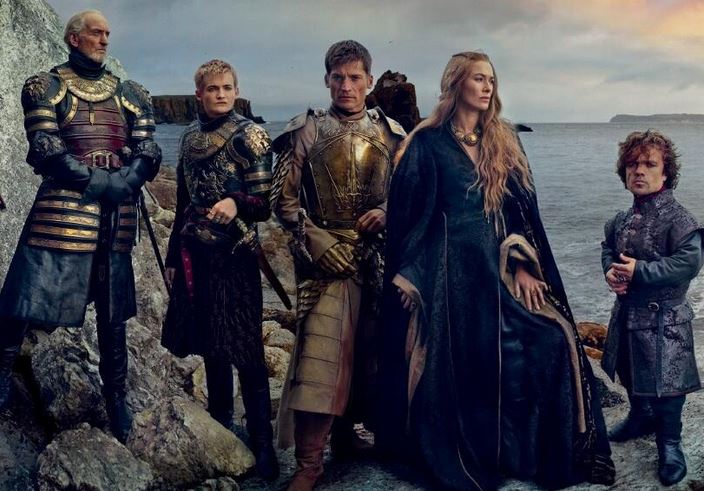
Paul Mason, Guardian columnist and champion of Corbynism, is probably the best-known figure to have tried his hand at a leftist critique of the series. Mason perceives GOT to be dramatising a version of the transition from feudalism to capitalism that unfolded in Europe from the early medieval period. Mason argues that the Lannister family represent a parasitical feudal elite that has tenuously clung onto state power in the fragmented realm of Westeros, thanks to their monopoly of the gold supply from their redoubt at Casterly Rock.
Unfortunately, for them, it is now apparent that the supply is practically exhausted. Consequently, they are in debt to the unsentimental and coldly calculating financiers of Bravos. Mason detects a parallel not just between this scenario and an epochal transformation in the past, but also with one of the crucial political battlegrounds of our time:
If this sounds a lot like Greece and the European Central Bank, that’s only because their current stand-off replicates the essential power shift that happened towards the end of feudalism: debts accumulated under a corrupt patronage system, whose sources of wealth dried up and destroyed the system in the end.
Mason integrates the concept of thinning into his analysis of the series. This is a common theme in modern fantasy literature that concerns gradual disenchantment and the decline of supernatural influence in a particular alternative universe. Mason claims that the growing influence of the bankers of Braavos at the expense of the royal family points to an imminent bourgeois revolution in the Seven Kingdoms that will inaugurate a new era of capitalist development.
In contrast, the Marxist critic Sam Kriss has countered that Mason misunderstands both the nature of the transition from one mode of production to the other, and the shifting balance of power in the series. In his article Game of Thrones and the End of Marxist Theory, Kriss argues that the decisive factor in Europe’s medieval transition to early capitalism was not a build-up of debt by monarchies, but the recurrent outbreaks of class struggle in the form of agrarian uprisings, such as England’s Peasants’ Revolt of 1381.
He argues the Brotherhood Without Banners that has featured in the series represent a version of this oppositional force within Westeros that is preparing to sweep away all the ruling dynasties in the name of revolution from below.
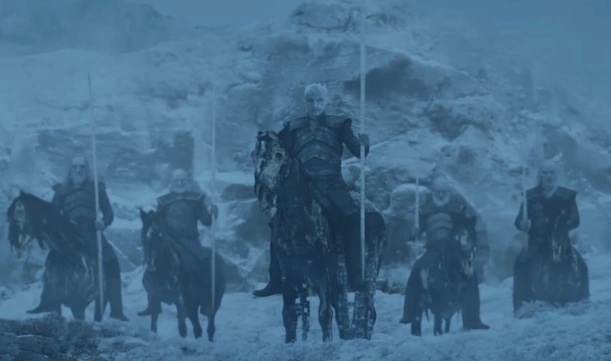
On the theme of thinning, Kriss points out that Mason could not be more wrong: the reality of the show’s narrative arc is that magic and otherworldly powers are being re-energised in its alternative universe in the form of Daenerys Targaryen’s dragons, and the White Walkers from beyond the Wall in the North.
He also notes that Marx himself utilised quasi-magical language to explain the grip that capitalism has on our lives:
Capitalism is a monster more uncontrollable than any mere dragon, and a succession of bourgeois economists have tried and failed to rein it in. In Capital, Marx spends some time discussing the properly supernatural elements of the capitalist system: the bodiless phantasm that is exchange value, the topsy-turvy nightmare of the autonomous commodity.
Kriss believes that, in some form, the three forces of the Brothers, Walkers and dragons will collide at the climax of the series in a rupture of the status quo that promises to be far more transformational than simply a bourgeois revolution.
The most coherent and persuasive analysis of GOT from a Marxist perspective comes from Tony McKenna. He shares some of the views outlined by Paul Mason but expresses them with a more informed grasp of historical materialism and more insight into the probable story arc that the author is working with. McKenna cautions that those viewers, such as Sam Kriss, who are hoping for an emancipatory and upbeat conclusion that sees white hats installed in power and black hats dispatched into oblivion are likely to be disappointed. In 2016 Martin warned fans: Winter is the time when things die, and cold and ice and darkness fill the world, so this is not going to be the happy feel-good that people may be hoping for.
McKenna persuasively argues that such a sobering conclusion might not be what most viewers are hoping for, but would be consistent with both the internal logic of the series and the historical era he believes it parallels. McKenna shares Mason’s view that the transition from feudalism to capitalism is essentially the backdrop to the unfolding drama. He observes how the two characters who most viewers probably identify with at this point in the series, Jon Snow and Daenerys Targaryen, display characteristics of the feudal order that was ultimately supplanted by the emerging ethos of capitalism.
The former is the adopted son of Ned Stark and has been raised in a family that is admirable but historically obsolete:
The Starks….represent a more benevolent vision of an earlier medievalism in which more parochial forms of kingship operated largely unmolested by the external stresses of an encroaching market economy and a centralized absolutism.
The grisly fate of Jon’s adopted parents and brother in previous episodes might indicate that McKenna is right to be fearful of what lies in store for the current King in the North. Likewise, he argues readers and viewers who assume Daenerys Targaryen is destined to ascend to the Iron Throne are failing to note her record of securing political power is ambivalent at best. The Mother of Dragons has succeeded in overthrowing tyrannical slave-owning states in Essos but in many cases the erstwhile elites have re-asserted their influence and undermined her authority.
McKenna perceptively argues this is consistent with a Marxist understanding of how change has occurred in pre-capitalist societies:
When slave rebellions did take place in the Ancient world, they were sometimes capable of inflicting great defeats on the old order, as was the case with Spartacus, but they were incapable of replacing it with a fundamentally new model of social organization.
McKenna concurs with Mason that the narrative logic of the series is heading towards the installation of a bourgeois-style regime that will suppress forever the influence of supernatural forces of either the fiery or the wintry variety. His choice of which character will end up on top of the pile at the end of next year’s eighth and final series will surprise and probably disappoint many viewers, but there is a compelling logic behind his theory that Sansa Stark will accede to the Iron Throne at the expense of Daenerys Targaryen, Jon Snow or any other rival claimant.
The eldest daughter of the Stark dynasty personifies the diminution of enchantment, and its eclipse by a steely ruthlessness that characterised the rise to power of the embryonic capitalist class in the womb of the feudal order. In series one, Sansa was naively besotted by a royal prince who turned out to be a psychopath; at the end of Season 6 she was feeding an equally deranged despot to his own rabid dogs. She has now acquired the cold-eyed and unsentimental resolve of a Cromwell or Robespierre, determined to dispatch the ancien regime to the dustbin of history
Such a conclusion might fit an orthodox Marxist historical schema but would it fit the defining political quality of this second decade of the 21st century? That is to say, the stunning volatility and unpredictability of events. The post-2008 crash world has seen a sequence of shocks and surprises few would have predicted: the rise of Corbyn to the Labour leadership and to the brink of Number Ten; Britain voting to jump off the EU juggernaut; Bernie Sanders only being denied the Democrat nomination thanks to Clintonite skulduggery; and the still barely believable elevation to the Presidency of Donald Trump. The author’s narrative trajectory is gloriously impossible to predict, but if the show is to continue to tune into the turbulence of our time, something equally jaw-dropping surely has to be on the cards.
Some of its most memorable moments have involved characters and armies coming together to create improbable new alliances, such as Jon Snow's merging of the Night's Watch and the Wildlings, or Daenerys Targaryen linking up with Tyrion, outcast scion of the hated Lannisters who massacred her family. As the final season looms, most are expecting the spectral White Walkers to represent the darkest threat to civilisation in Westeros. However, as these icy warriors were revealed in Season 5 to have been originally men who were turned into a super-weapon that went wrong, perhaps some means of returning them to their original state to actually assist in the liberation of the Seven Kingdoms will be discovered.
Season 6 saw Bran Stark acquire time-travelling capability so perhaps he will avert the rise of the Walkers in the first place. Even if Dany is denied her apparent destiny, it is to be hoped her clarion cry for revolution is fulfilled in some form, both in her world and ours:
Lannister, Baratheon, Stark, Tyrell, they’re all just spokes on a wheel. This one’s on top and that one’s on top and on and on it spins, crushing those on the ground. We’re not going to stop the wheel. I’m going to break the wheel.
